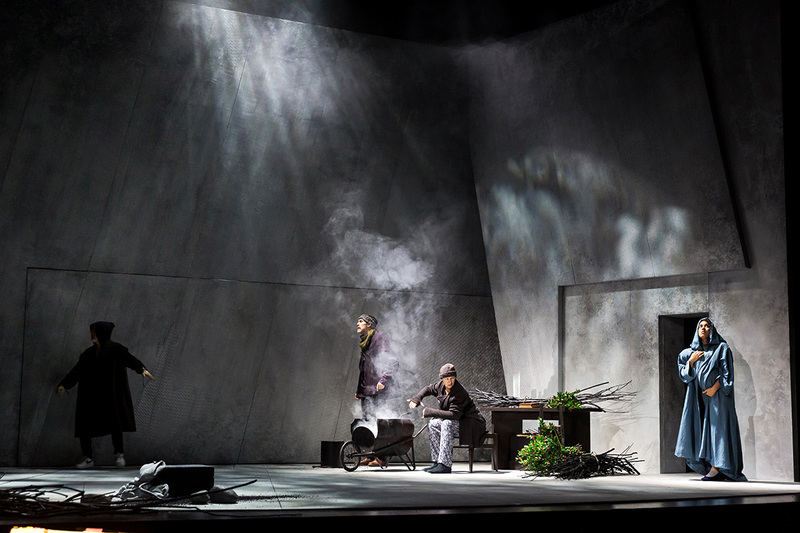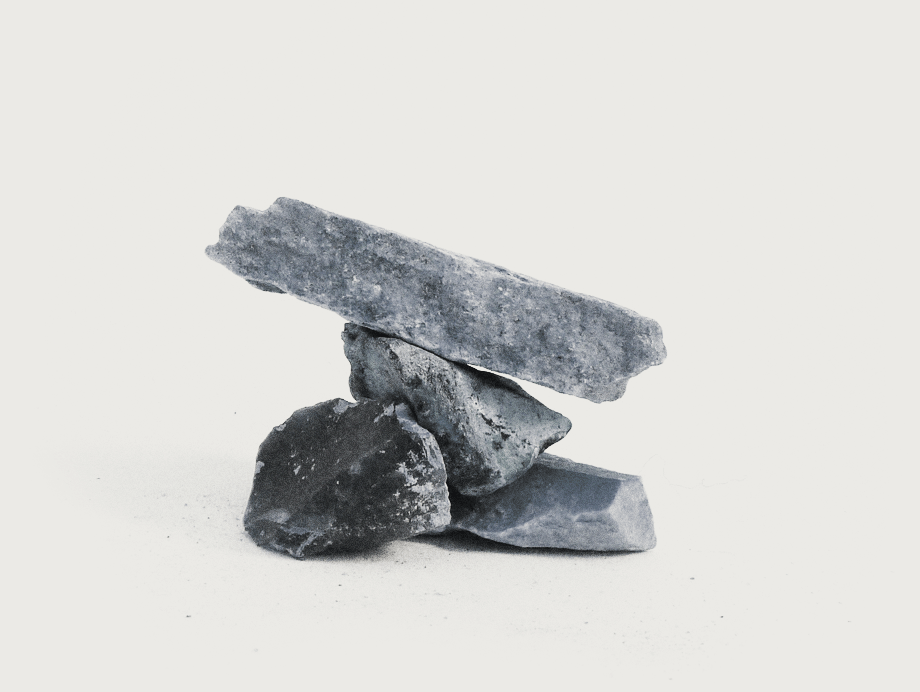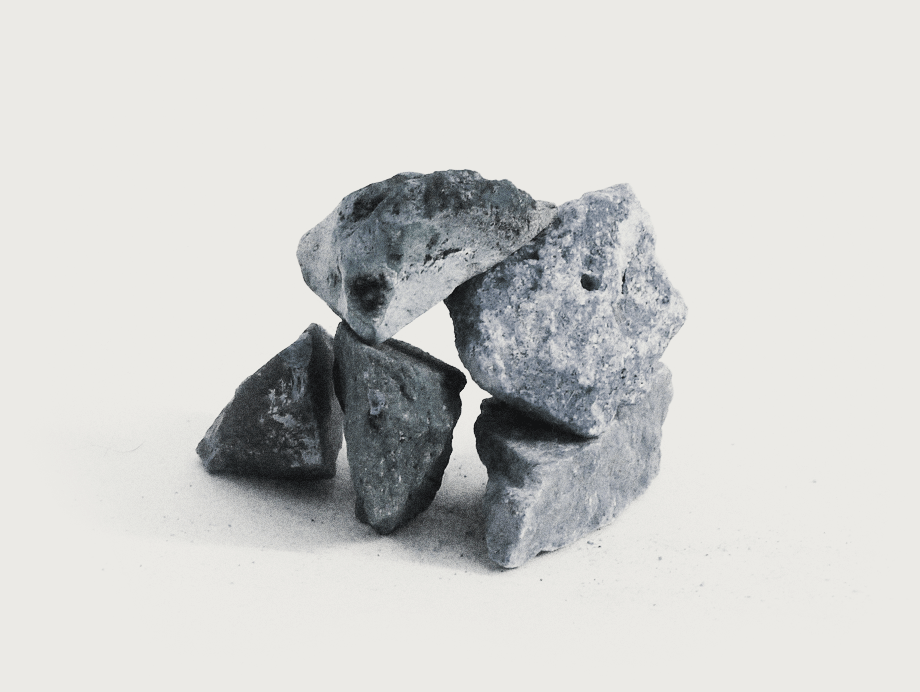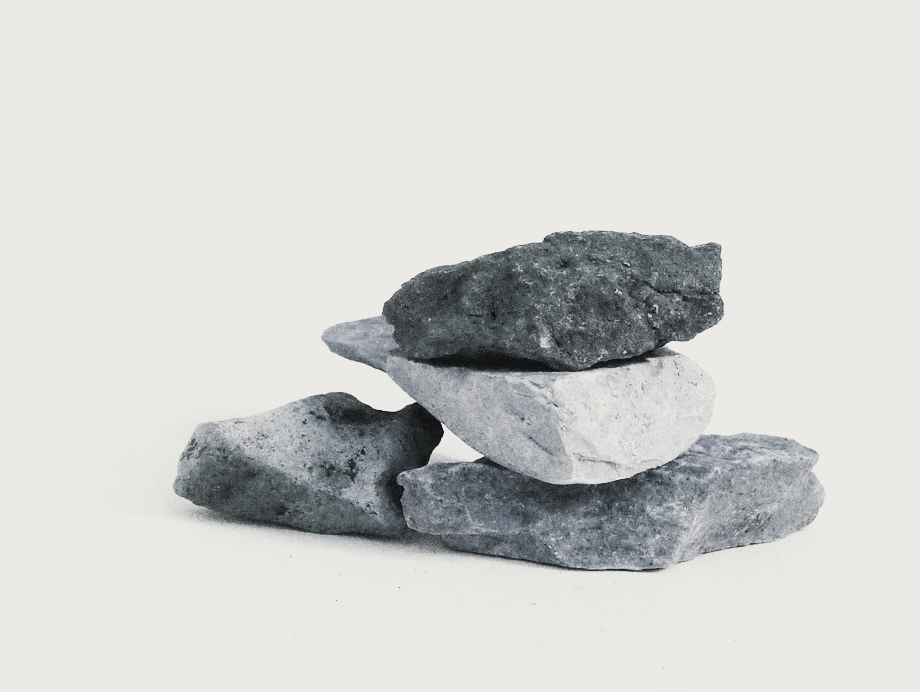The Tidings brought to Mary - opera by Philippe Leroux

Project
An opera by Philippe Leroux in 4 acts and a prologue, in French language, libretto by Raphaèle Fleury
From The tidings brought to Mary by Paul Claudel
Synopsis
In the Middle Ages, Violaine, daughter of Anne Vercors, is engaged to Jacques Hury. She crosses paths with the architect Pierre de Craon, who had been in love with her in the past but has contracted the plague. Violaine agrees to grant him a last goodbye kiss. Mara, her sister, has observed the scene. In love with her sister’s fiancé Hury, she is determined to do everything she can to harm Violaine. At the same time, their father Anne announces without warning his intention to abandon the family domain and travel to the Holy land, leaving Jacques Hury in charge of his home and daughter Violaine.
Because of the kiss given to Pierre de Craon, Violaine also develops the plague. Exposed by her sister, she is disowned by her family and abandoned by her fiancé, who sends her off to a leprosarium and marries Mara. After turning blind, she retreats in a forest and decides to devote her life to God. However, Mara and Jacque’s first-born child dies in infancy. Desperate, Mara finds her sister to beg her on Christmas Eve. Without loving her, she nevertheless believes that she alone could obtain a miracle from God. Indeed, Violaine resurrects the child by her prayers; his eyes, which were black as Mara’s, take her blue colour.
Driven mad by jealousy, Mara kills Violaine. Dying, she nevertheless obtains forgiveness for her sister from their father, back from the Holy Land, and her husband. As Pierre de Craon’s plague is mysteriously healed, Mara finds peace at last.
Programme
Characters
Violaine Vercors: light lyric soprano
Mara Vercors: lyric soprano
Elisabeth Vercor (the mother)): lyric mezzo-soprano
Pierre de Craon: Light tenor
Anne Vercors: baryton-Martin baritone
Jacques Hury: bass-baritone
Instrumentalists
8 musicians + sound device (activation of soundtracks)
Flute, clarinet, trumpet, guitar, piano, percussions, violin, cello (to be confirmed)
Duration of the opera
About 1h and a half
The project
The main idea for this opera is to create an analogy between the character of Mara and Paul Claudel’s sister: the sculptor Camille Claudel. There are indeed numerous connections between these two beings: the rivalry, the family rejection, as well as a genuine lucidity on human reality.
To achieve this, I would like to use a letter taken from the correspondence between Camille and her brother Paul. Using the interactive paper technology, I wish to extract gestural data from the calligraphy of these texts, and transpose it into the musical realm. The melodic and harmonic movements, the rhythm, the transformation of timbre would come from Camille Claudel’s handwriting. The profoundness of the writing gesture would give birth to the musical elements, thus accentuating the fundamentally human aspect of this drama. Indeed, Paul Claudel stages bluntly the multiple passions and love rivalry between the two sisters – one of them being the victim –, and the reactions, and sometimes cowardice, of the men who love them. I would also like to highlight the realism in this play, but also the metaphysical transcendence that can arise from it.
To me, the second fundamental aspect is the strong musicality of Paul Claudel’s text, which beautifully adds to its literary qualities, stage strength and powerful dramaturgy. In his writing, free verse is based on breath and pulsation of the heart. He transforms it into, as he puts it, an “opera of words”, in which the variety of rhythm and sound of the language enriches the realms of imagery and sense. For example, I intend to use his work with short vowels and particular accentuation of consonants in my music, and more specifically in the vocal style of some of the characters. It holds an immense musical potential yet to be explored which, I feel, would perfectly compliment the analogy between writing gesture and sound behaviour.
I also intend to use the whole spectrum of the voice: singing, spoken, noised, whispered, and to use electronic treatments over it in allegories (jealousy, plague, love…). I also intend to morph Paul Claudel’s voice into the voice of one of the singers. Each character will have a particular way of singing, representing its profound tendency or what I wish to highlight in them. Sometimes, Mara will for example sing in reverse, Violaine, rejoice on certain vowels, Jacques Hury’s voice disappear by electronic or vocal filtering, that of Pierre de Craon be distorted (plague), that of Anne Vercors reverberate (as if oriented towards a distant vanishing point); Elisabeth Vercors will present a mix between both voices of her daughters (being torn between the two).
where Opéra d'Angers (49)
where Opéra de Rennes (35)
where Opéra de Rennes (35)
where Opéra de Rennes (35)
others dates
where Opéra de Nantes (44)
where Opéra de Nantes (44)
where Opéra de Nantes (44)
where Opéra de Nantes (44)






